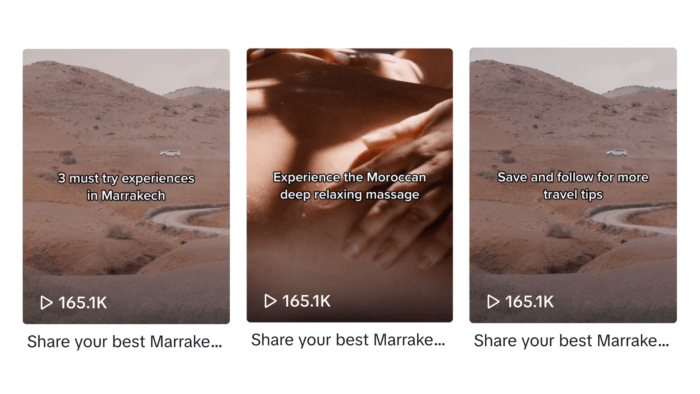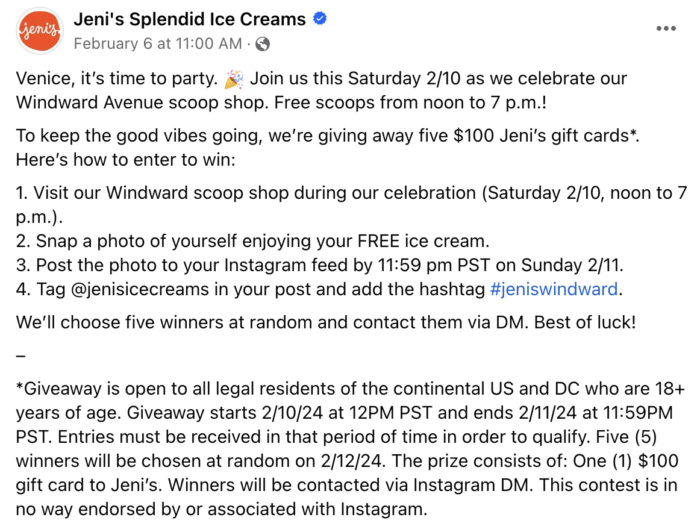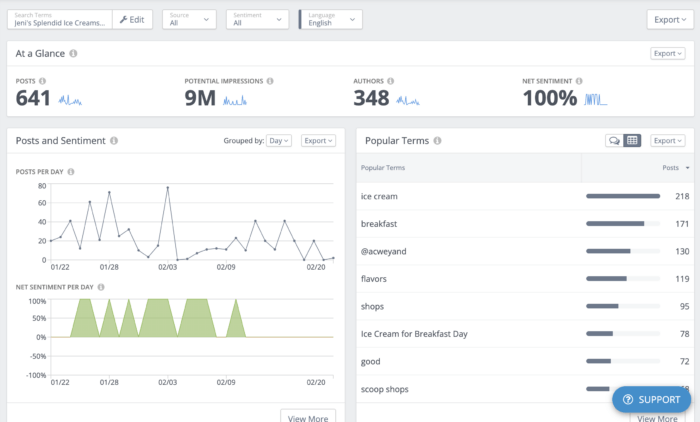We hear the term thrown around all the time, but what exactly does brand loyalty mean to you and your target customers?
Instead of just referring to a textbook definition, start by thinking about why you personally become brand loyal. For me, it usually boils down to good experiences, product and service reliability, quality, and monetary perks.
As you can imagine, a love affair with any brand doesn’t happen overnight. Earning brand loyalty requires consistency and repetition over time. With so many great opportunities to interact with the public, social media is a natural platform to cultivate and foster these deep relationships.
With billions of users scrolling through feeds daily, engaging with your audience on social is a great way to establish a consistent and positive presence in their lives. This, in turn, establishes a foundation for loyalty and even advocacy. In fact, 71% of consumers are inclined to recommend brands to their friends and family after having a positive experience with those brands on social media platforms.
Here are a few suggestions to optimize your communication strategies to build strong brand loyalty among existing and prospective customers.
Offer Stellar Customer Service via Social
According to recent research, 83% of American consumers consider “good customer service” the most important factor in brand loyalty. Even more, 63% of consumers believe that their loyalty to a brand is significantly impacted by the quality of customer support they receive on social media.
With the internet at their fingertips, people want to solve problems and find answers to their questions on their own terms. In turn, social media, which has become a familiar and accessible space for most, is now seen as a quick and efficient way to get brands’ attention. Capitalize on this demand for convenience by ensuring your brand is easily accessible for online customer service.
- Be responsive. Make it a policy to respond to messages and comments within a specific period of time. A good rule of thumb is to respond within the hour during business hours, and first thing in the morning for messages sent after hours.
- Set expectations. In your page descriptions and bios, mention your virtual hours of operation so users know when to expect a response. There’s nothing more frustrating than asking for help and having to wait nine hours to receive it. However, if the expectation is set that responses will be sent by a certain time, most users will understand and have a lower tendency to get worked up. (I said most… there are always exceptions!)
- Automate. If you’d like to provide round-the-clock assistance and guidance but still have a life, enable the chatbot feature on your Facebook Page and website. As chatbots become widely used by large retailers, customers are growing accustomed to this immediate access.
- Enable your team. Make sure you have a decision-maker on the communications team who has the power to actually make change. If this person doesn’t sit on your team, at least make sure they are available to weigh in on problems and requests in a timely manner. The last thing you want is to offer support to your customers, only to not be able to provide adequate solutions and perks to guarantee a positive outcome.
- Take inquiries seriously. On a similar note, treat social media inquiries with the same level of urgency and respect as you would with any other customer service forum. I once worked with an electricity provider that used the same escalation process to handle social media complaints as they did for calls from media. In other words, they understood that the viral power of a problem shared online is as, if not more, powerful than an exposé on the evening news.
Provide Helpful, Value-Add Information for some Brand Loyalty Oomph
Since content is king, we talk a lot about content marketing. In addition to brainstorming fun, creative ideas for your editorial calendar, it’s arguably more important to deliver information and resources that benefit your target audience.
Strive to be one step ahead of the customer by predicting their wants and needs and answering questions before they can be asked. The best brands use annual traditions, current events, and pop culture moments to anticipate what will soon be on shoppers’ minds. From there, they share suggestions, links, information, and more that address whom to listen to, what people want, when to engage, where to find something, how to do it, and why it’s important.
Club Med, one of the top hotel brands on social media, does an excellent job of doing this. With TikToks on “Bali travel tips” and “Marrakech must try experiences,” the brand creates content that provides value for its audience, encouraging users to save the videos and return to their page for more helpful information.

Reward the Regulars
Nothing fuels loyalty quite like being rewarded for it. A whopping 70% of American consumers are loyal to brands that offer loyalty programs or rewards and, globally, 75% of consumers claimed they’d make the switch to a different brand if it promised better rewards.
In the long list of reasons why I love Nordstrom, the Nordstrom Note rewards program is number one. Brand cardholders earn one point for every dollar spent in stores or online at Nordstrom and Nordstrom Rack. Periodically, customers can rack up the points when bonus points days are offered throughout the year. For every 2,000 points earned, a $20 Nordstrom Note is offered to spend on anything at Nordstrom.
Sign. Me. Up. When a store sells merchandise that speaks my love language (fashion, beauty, home, and more) and they want to give me free money for shopping with them, it’s an absolute no-brainer. By tapping into human psychology with this rewards program, Nordstrom always gives me a reason to shop often online and in their stores.
Rewarding loyal customers can also extend beyond traditional loyalty programs into the world of social media. Consider using your socials as an avenue for exclusive promotions and giveaways. You could host a special giveaway exclusively for your followers, encouraging them to participate by sharing their experiences, tagging friends, or using a dedicated hashtag. This not only generates buzz but also rewards loyal customers with a chance to win exciting prizes.
For instance, Jeni’s Splendid Ice Cream used social to engage the loyal customers who showed up to their in-person celebration, offering them a chance to win a $100 gift card simply by posting a photo of them enjoying their ice cream.

By organizing giveaways that encourage users to like, share, and tag friends, brands not only increase their online visibility but also strengthen their connection with existing customers.
If you think you can’t offer attractive benefits like these major brands, think again. On Tuesdays, my local pizza place offers $3 off each pizza when customers use the brand’s app to place the order. Whether offering a free appetizer in exchange for a social media check-in, or a percentage off products and services after filling out a punch card, be creative about what you can offer your customers.
Use Social Listening to Measure Brand Loyalty
When it comes to using social media, go beyond just content creation and also actively listen to your audience. Social listening, which involves monitoring online conversations to understand how consumers perceive and engage with the brand, can be a valuable tool for gauging and enhancing brand loyalty.
For example, by analyzing the sentiment expressed in user comments, mentions, and reviews, you get an insightful look into how your audience perceives and feels about you. Positive sentiment not only suggests quality content and satisfied customers but also serves as a good indicator of strong brand loyalty.
Consider the brand we featured earlier, Jeni’s Splendid Ice Cream. Through Rival IQ’s social listening dashboard, we can see that 641 posts mentioned the brand in the last 30 days. What’s even more significant is that sentiment analysis revealed that all of these mentions were positive. This not only highlights the brand’s popularity but also serves as a great example of how social listening can be instrumental in validating and measuring reputation and loyalty.

Another helpful metric is “share of voice,” which quantifies a brand’s presence in online conversations relative to its competitors. A higher share of voice indicates that you’re dominating discussions within your industry, potentially signaling a more engaged and loyal audience.
Ultimately, social media is a powerful tool not just for broadcasting messages but for actively listening. Use it right and you can forge lasting connections with your audience, resulting in increased brand loyalty and a stronger overall customer base.

Start listening with Rival IQ.
Get my free trialDo you have insights about why your customers are loyal to your brand? How has your social media presence increased momentum? We’d love to hear about your success, so please be in touch on Facebook or Twitter!
This post was originally published in 2018 and has since been updated.
